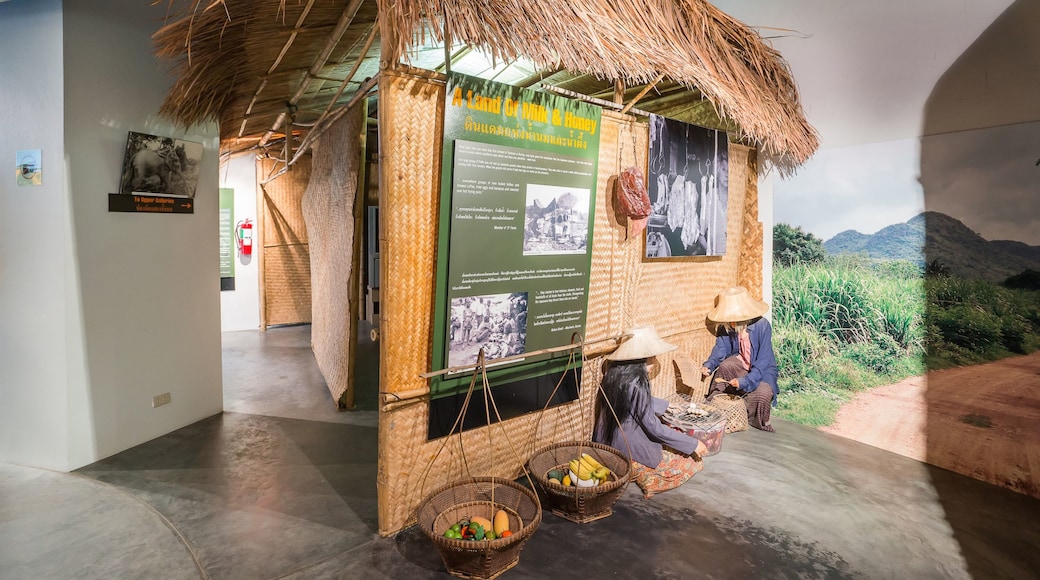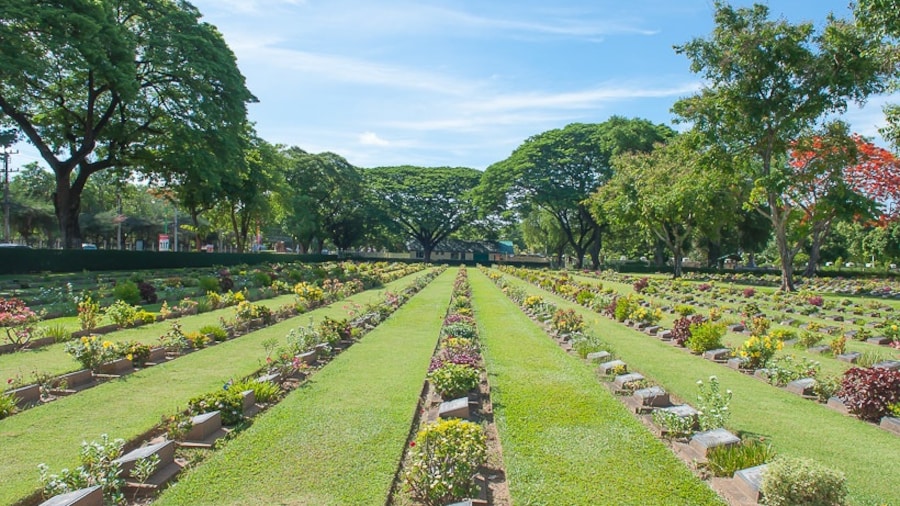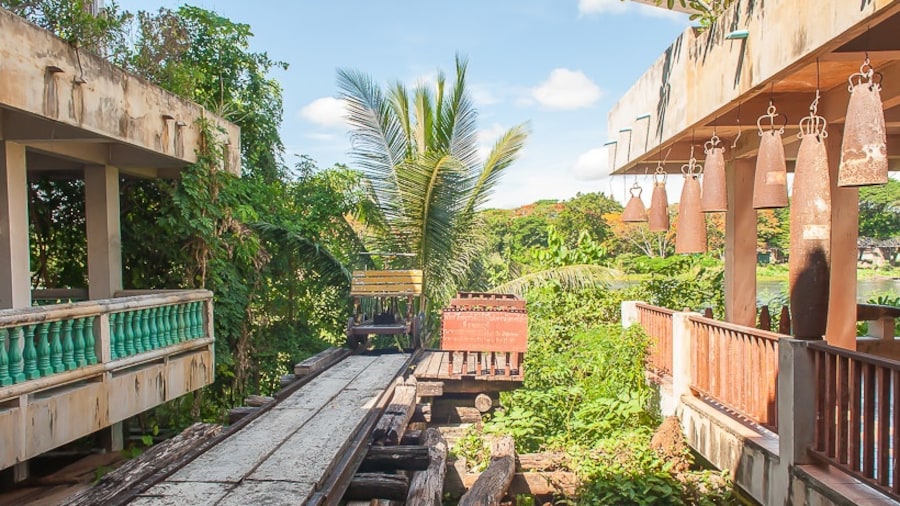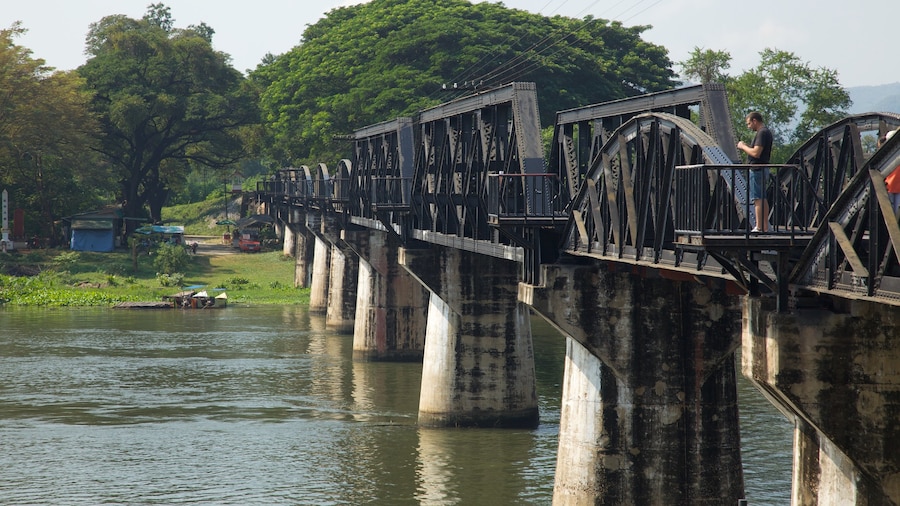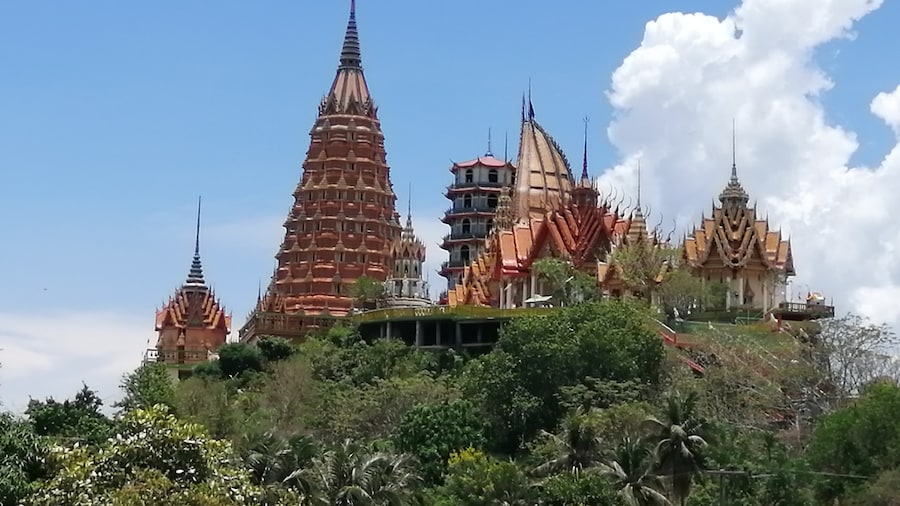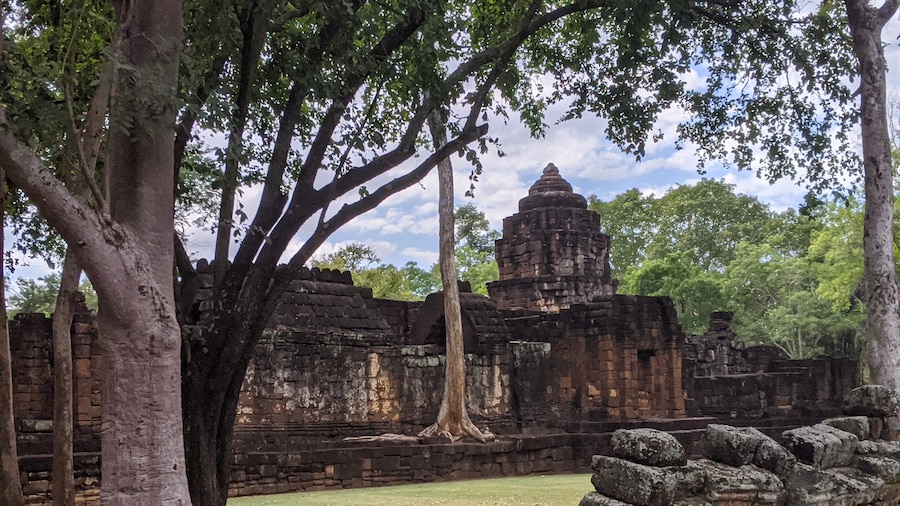The Thailand-Burma Railway Centre relates the history of a Japanese supply railway built largely by prisoners under grueling conditions during World War II. Tens of thousands of British and Australian captured troops and conscripted Asian residents died from malnutrition, disease and punishment while laboring during its construction in 1942 and 1943. Though The Bridge on the River Kwai does not fully capture the extreme conditions for these prisoners, the 1957 film brings attention to this deadly project. Learn accurate information about this sad time in history at this detailed and non-partisan museum.
As you tour the eight main galleries, look for not only information about prisoner life on the “Death Railway,” but also facts about the incredible engineering of this single-track rail line. Built manually over 16 months, the track ran for 258 miles (415 kilometers), from Ban Pong, Thailand, to Thanbyuzayat, Burma.
Appreciate the variety of displays, including a 30-foot-long (9-meter) model of the route through the River Kwai in 1:50,000 scale. Tools recovered from the path are exhibited, as well as personal effects left behind.
Step into the replica medical hut to see how imprisoned doctors and medical orderlies improvised equipment to treat injury and disease. The Summary of Death gallery depicts numbers of deaths using rail spikes, each representing 500 people. Other galleries show the end of the war and the bombing of the bridges and rail line. A small part of the railway, from Nong Pladuk to Nam Tok, still operates today.
After your tour, stop for reflection in the café, where you can have beverages, sweet treats, breakfast or lunch. Gather more information from books in the center’s shop and purchase handicraft items made by locals, including participants in the Weaving For Women Project in Sangklaburi.
The Thailand-Burma Railway Centre is open daily during normal business hours. There is entrance fee ask for discounts for children through 12 years of age.
While here, stop to admire the gardens of the adjacent War Cemetery. You may meet families of former prisoners of war who have come to learn more about what their loved ones endured.
